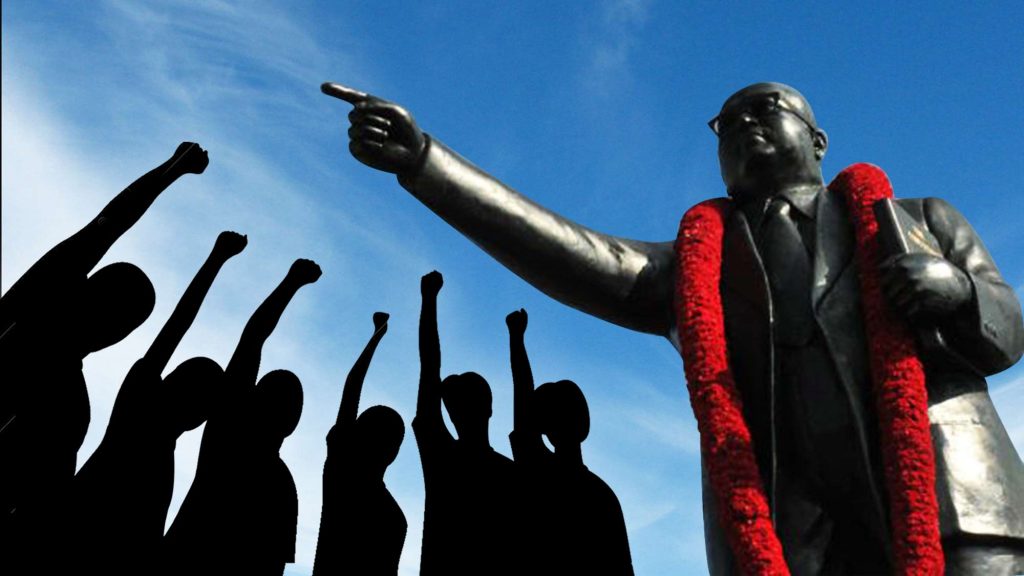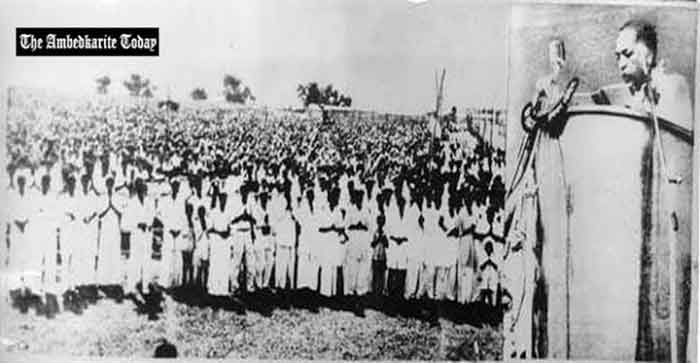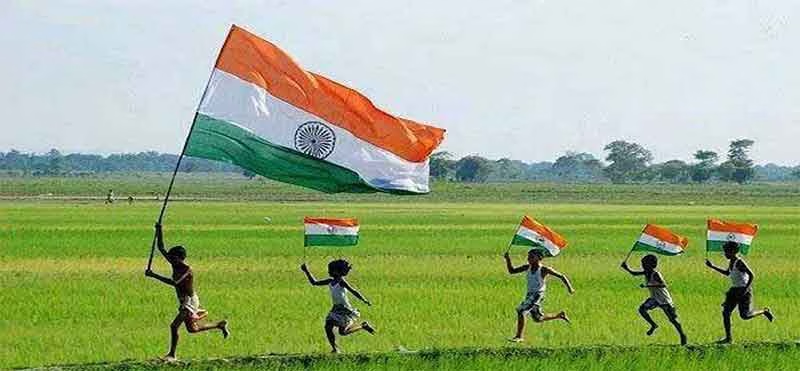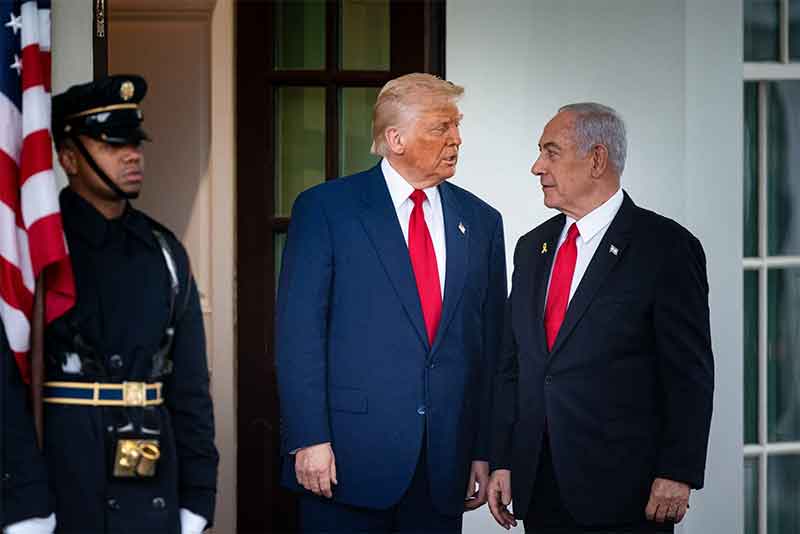
The recently viral video of opposition candidates greeting with the slogan of “Jai Bhim” or mentioning Ambedkar, the Constitution or Samvidhan, while taking oath as Member of Parliament, has clearly indicated a transition in the outlook towards Ambedkar, his followers and at large the principles and values Ambedkar stood for. These leaders also held a copy of the Indian Constitution in their hands while taking the oath. ‘Jai Bhim’ is a symbol of struggle, it is synonymous with cultural and political identity, while it also indicates affiliation with the Ambedkarite movement.
L R Balley[1] in one of his interviews states “When I started working in 1956, it was too risky to take Dr Ambedkar’s name…Those were the years we were not allowed to organise meetings. That is our success that we have pushed Ambedkar so much that even the opponents are shouting the slogan of Ambedkar.”
The Prime Minister, has tried his best to win over Dalit (Ambedkarties) voters by mentioning Ambedkar at several instances, using the “Jai Bhim” slogan often, assuring people that his party won’t change the constitution while trying to honour Ambedkar at various other instances. But strangely, people are not convinced. Neither with his words nor actions. Thanks to speeches and actions by members of his party fraternity.
On 2 October 2014, Prime Minister launched Swachh Bharat Mission, a program with prime focus on cleanliness and sanitation along with building toilets across India. It was a restructured version of the Nirmal Bharat Abhiyan which was launched by the earlier government. The program was launched at Raj Ghat, on Gandhi’s anniversary and also had its logo as the signature spectacle of Gandhi. Apart from this, it has no relationship with Gandhian ideology. While Gandhi was known for cleanliness and cleaning his own toilet, globally he is the mascot for peace and non-violence. This program reduced Gandhi’s stature among the new voters and youngsters who rarely read history in depth. The Prime Minster does mention Gandhi, but rarely speaks on Gandhian ideology, he does the same with Ambedkar. The ruling establishment has its best interest in the deification of Ambedkar, covertly ignoring his ideology, principles and values.
The collective opposition, except leaders from the largest party, rarely mention Gandhi in their speeches. This was not the case decades ago. Gandhi was the unofficial mascot of India. India was known to be the land of Buddha and Gandhi, both stood for peace and non-violence. The general public discourse used to be on the lines that India has never invaded any country in its history, though this argument can be debated. Historians criticised but also glorified Gandhi, but never made him a deity. The other notable point is that Gandhi never had any ‘community’ backing to make him a deity.
Ambedkar and his most celebrated work, the Constitution of India, has taken over the discourse these days. It started with Chandrashekar Azad carrying a copy of the Constitution at Jama Masjid during the CAA NRC protests, and later various others picked up. Rahul Gandhi walked, in tune to Mahatma Gandhi’s Dandi march, across India but spoke more on Ambedkar and Constitution. It was a perfect example of how the two leaders are essential and can coexist ideologically. Nowadays, all protests we see have a blue flag or a copy of the Constitution.
In the recently held General Elections one can say with confidence that there was not a single constituency in India that didn’t have a candidate who did not talk of Ambedkar or had a blue flag bearer in his campaign. An election campaign without Ambedkar is incomplete. It’s a political, social, and cultural compulsion on all political leaders to refer Ambedkar. While their personal views and actions may be diametrically opposite.
Protest songs, raps, and revolutionary songs from the marginalised or leftist thoughts refer to the Constitution or Ambedkar. They use the blue flags, images of Ambedkar or the Constitution in abundance. Even movies have started having subtle references to Ambedkar or the signature blue flag of Ambedkarite movement. Movies that earlier referred class (to be understood as caste), now openly bring in caste. The OTT platform has been more direct and hard-hitting.
Subscribe to Our Newsletter
Get the latest CounterCurrents updates delivered straight to your inbox.
The Dalits were the early adopters of blue flag (read Ambedkarism) which was later picked up by the Adivasis. The blue flag started to coexist with the red (left) flag, slowly overpowering it. The blue flag arrived as a sign of protest in the constitutional framework, not as revolution, not as revolt, not as rebel. The blue flag demanded the rights to be ensured as per law. The Muslims, a natural ally of the marginalised, also joined hands and now their political leaders ensure blue flags at their rallies and events. The OBC’s and other communities use the blue flag to seek reservations (again in the framework of the Constitution) and other benefits. Womens’ rights movements have no flag as such, blue becomes their comfort zone.
Ambedkar, the Constitution and the blue flag have arrived. This trio is now the new tri-murti of India. Its power is here to stay for long, can’t fade in our lifetime, yet we should ensure that this trishakti retains its supremacy over the collective consciousness of India.
Vivek Sakpal is a political commentator
[1] Lahauri Ram Balley is one of the doyens of Ambedkarite missionary journalism in India. He started Bheem Patrika, a multilingual monthly, published numerous booklets on Ambedkarite literature and also authored a few books.













































